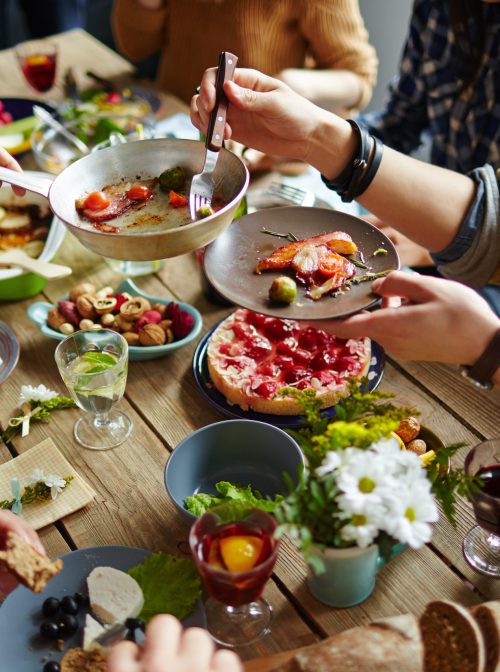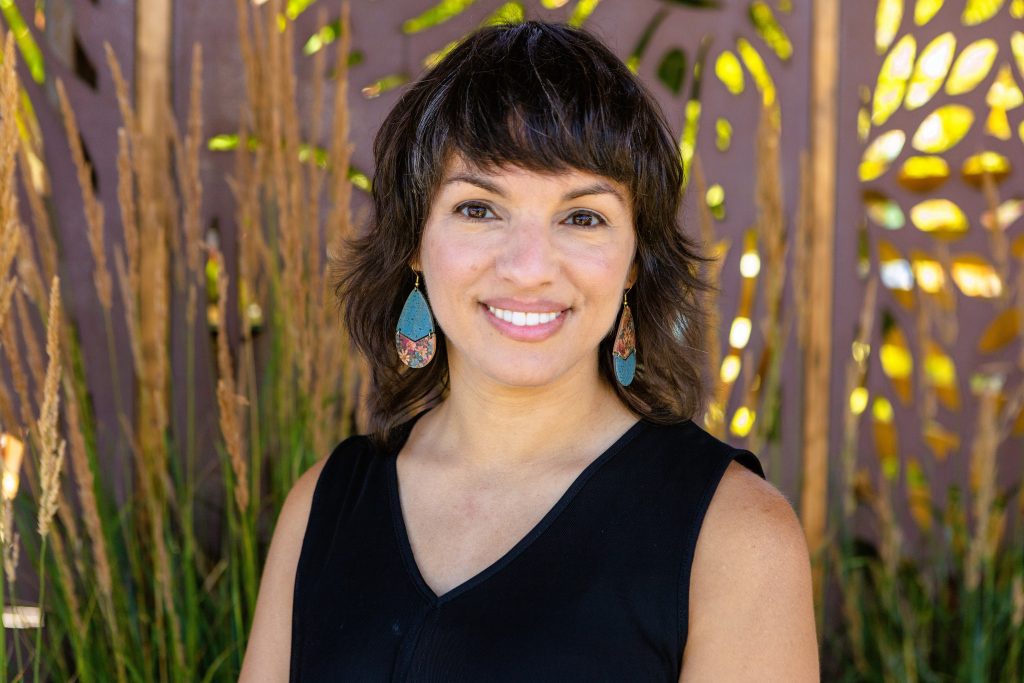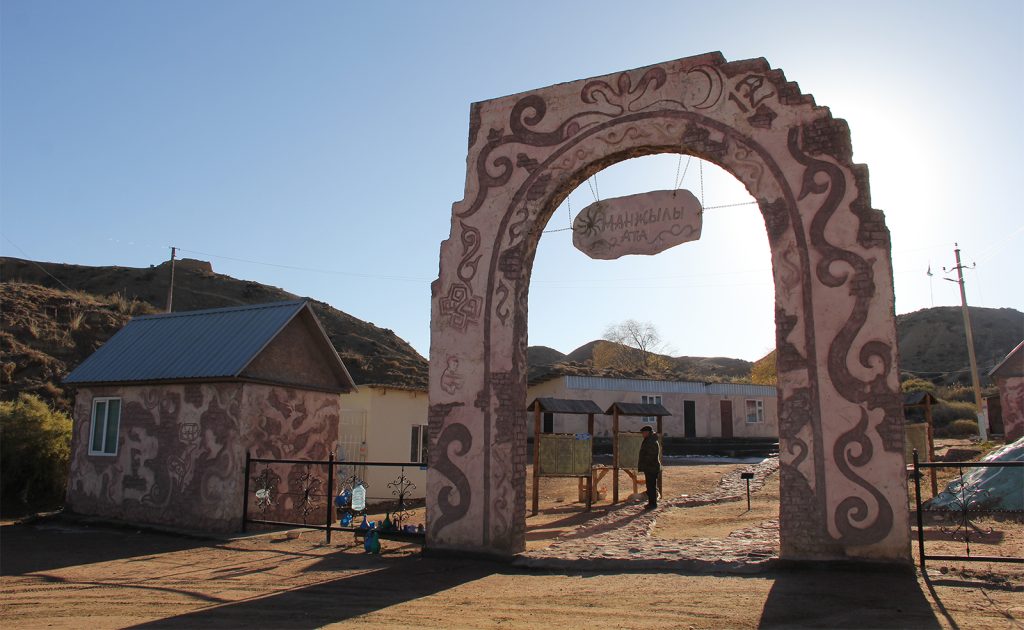The United States is a nation characterized by tremendous racial, ethnic, and religious diversity. At Interfaith America, we often refer to our country as a “potluck nation,” with each culture contributing their unique “dish” to a vibrant, communal feast. Our differences are not barriers, but invitations to taste, learn, and grow in harmony with one another.
As part of the Asian American and Pacific Islander (AAPI) qualitative research and storytelling initiative, we invited individuals from Asian American and Pacific Islander communities to share their unique perspectives and experiences through a series of focus groups. During these discussions, we explored some of the many delicacies, both literal and metaphorical, that the AAPI community brings to America’s collective table.
Below, we’ve compiled many focus group participants’ responses to the following question:
At Interfaith America, we often describe the United States as a potluck nation where each person or community brings their best dish so all can feast. What dish(es) from the AAPI community are you most proud to bring to the potluck?
Responses have been edited for clarity and length.

Suraj Arshanapally
MPH, Health Communication Specialist, CDC
Garlic naan was what came to mind. With naan being popular within Indian culture, I have only ever experienced it with something else. However, when I’ve gone to Indian restaurants with my friends who are not South Asian, many of them loved to eat it by itself. It showed me that there are different ways of doing anything. I liked that they found a new way to enjoy naan even though it’s not the way that I grew up with. It was a way of appreciating Indian culture through an American lens.

Natasha Akery
Secondary Language Arts Teacher, North Charleston, South Carolina
If I could bring a dish to our country’s potluck, it would be mandu, which people might recognize as dumplings or potstickers. I remember being a part of assembly lines as a child with women in the Korean community at a neighbor’s house, doing the loving labor of making mandu for all to enjoy. Teenagers and women would teach the children how to fold the wrappers and close them with clean pleats. I would be proud to bring mandu to our nation’s potluck because it is an expression of a caring community.

Anu Gorukanti, MD
Co-Founder, Introspective Spaces
The thing from the Indian American community that I really love, and I feel like it’s something that people bring, is the generosity of hospitality. There is always a literal potluck that will happen at any Indian person’s house, whether guests were planned, whether guests were not planned. In some ways, it can feel a little oppressive if you weren’t hungry and [people can be] offended if you don’t eat their food, but I think there’s just a generosity that your home belongs to not just yourself and that friends, family, and guests are treated with the most importance.
For me, I’ve tried to embody that, not just in the literal sense of having extra food always in my house, but thinking about things like, “What does generosity look like in action?” In my work as a doctor, in my work as an organizer, what does that mean to live that out?

Lawrence Lin, MD
Resident Surgeon
I love this question. This a difficult question because I think we all have dishes that we have an emotional connection to. I think I will bring something that is known in the United States as hotpot, and I know it as huo guo, 火鍋. It’s not a dish per se; I think it’s like a concept. The concept goes into potluck nation or a melting pot where every person who comes to the table brings something they enjoy to the communal pot.
I may bring chrysanthemum leaves and someone else may bring shrimp or tofu … I think when it comes to hotpot, there’s no restrictions. There’s no rules, there’s no guidelines. Simply everything can go into a communal pot, and everyone can share, aside from dietary restrictions. I think that’s the dish that I can relax and be a part of the community in. I think it also allows for everyone to bring their own flavor to the table.
Exploring AAPI Experiences of Religious Identity and Diversity
Stories published as part of this initiative offer key findings from research and spotlight AAPI changemakers across different religious, civic, and professional sectors.


Devon Matsumoto
Senior Program Coordinator, Asian Law Caucus Criminal Justice Reform Program
I think I’d bring Spam musubi or shoyu weenies because it’s very easy and hard to mess up [and] I’m not a very good cook. I feel like my mom always, or my family always says it’s the Japanese American meal because it’s what we had to … we could only eat that because we only had money to buy processed Spam back in the day.
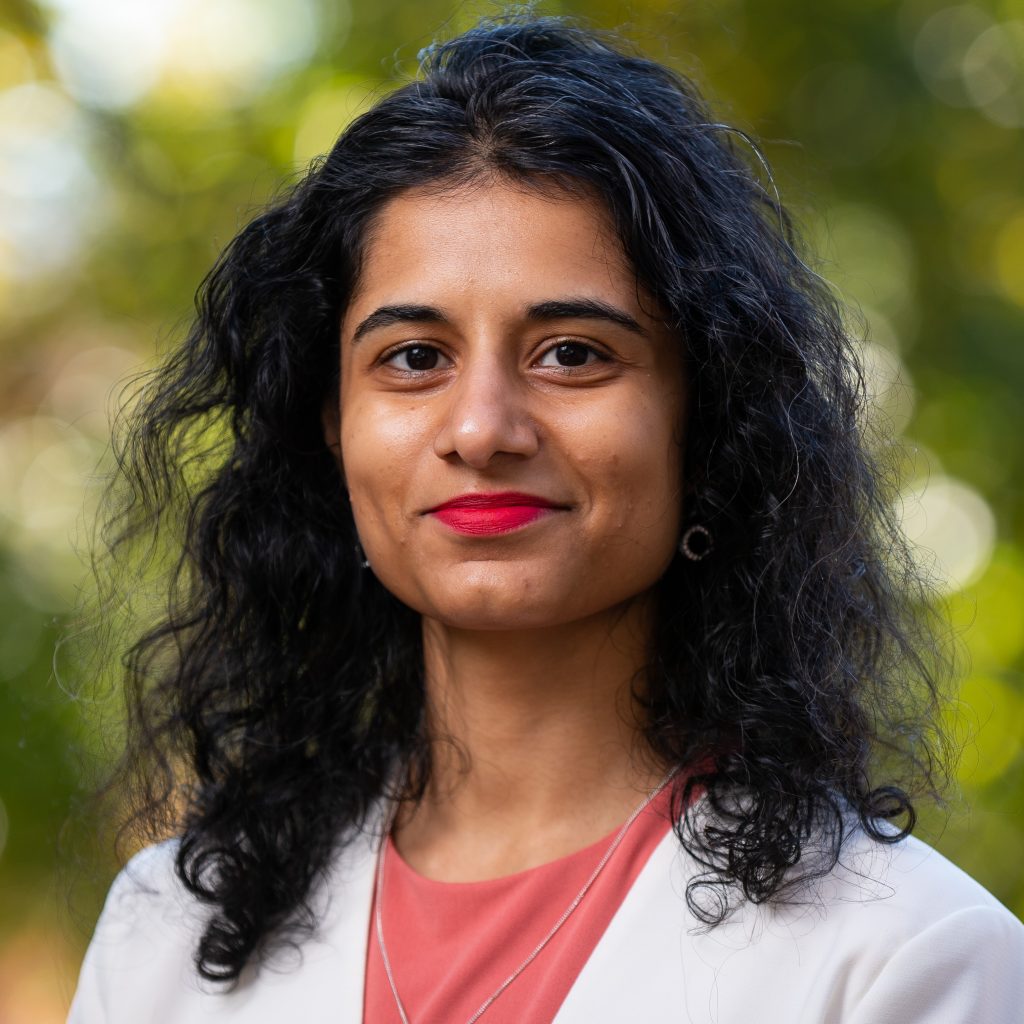
Eishna Ranganathan
Master of Business Analytics Student, MIT Sloan School of Management
I would bring just spirit. What I mean by spirit is this notion of love and kindness. I use the term embrace — by which I mean this notion of a warm embrace — so that when people bring each of their dishes to the potluck, you’re not like, “Oh, what’s that?” You don’t look at it with skepticism. You look at it with an open heart and open spirit. I think bringing that energy toward the potluck would be my contribution.
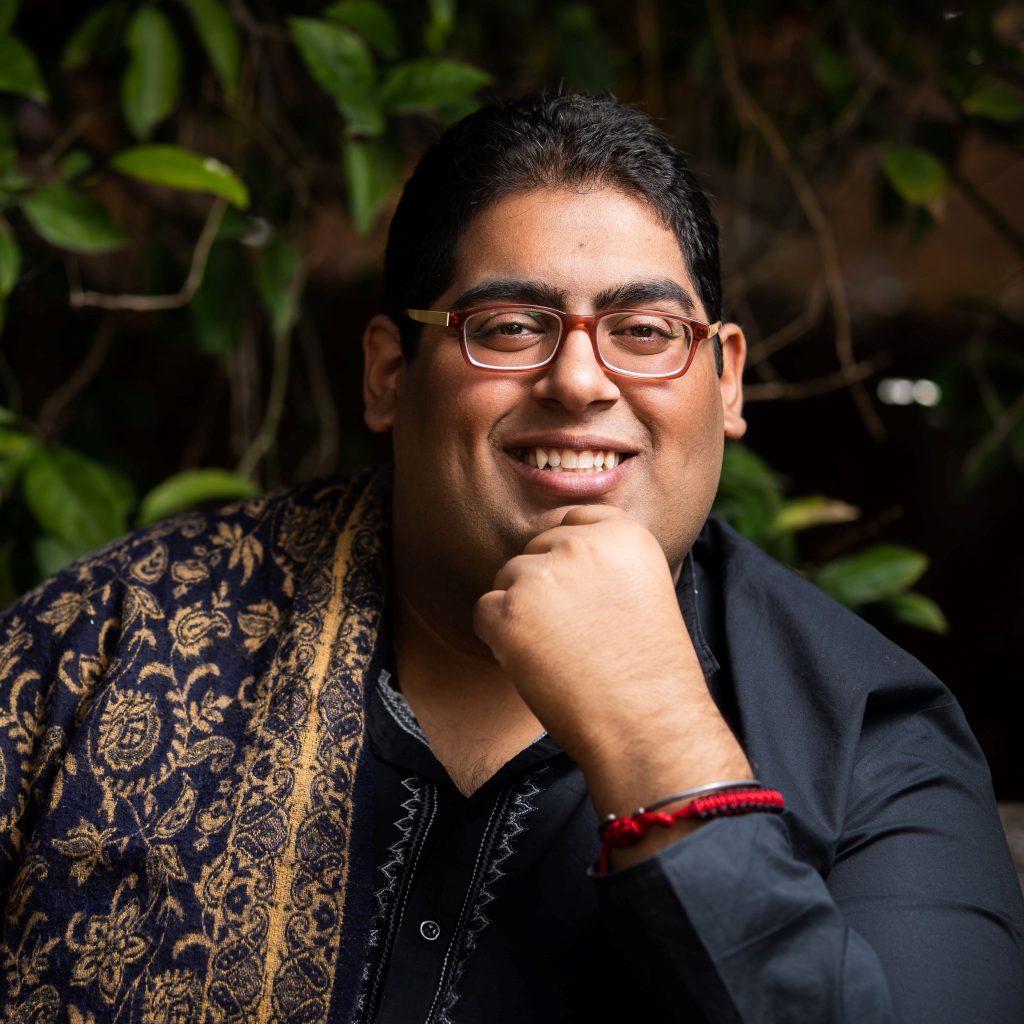
Tahil Sharma
Regional Coordinator for North America, United Religions Initiative
As a Punjabi person, Punjab is a part of Northwestern India and Southeastern Pakistan. We have something known as Maa Ki Dal or mother’s lentils, that is our equivalent of mac and cheese in the nostalgic sense, because when your mom makes these lentils for you that have been stewing for hours, that have been filled with all the love and memories of your childhood — my goodness, the way that you can just be enveloped by this love that you can taste in every bite is just the most surreal thing. I would encourage you, if you ever see Maa Ki Dal or Kali Dal or anything like that in an Indian restaurant, envelope yourself in that nostalgia, please.

Aroona Toor
Office of Minority Health Fellow, Health Resources and Services Administration
When people think of Asian Americans, specifically South Asians, I believe they are attracted to our rich and vibrant cultures. They may be drawn to it because it is so different from what many people in the U.S. are familiar with. As a South Asian, various components of my culture such as Bollywood, henna, chai, our colorful and intricate clothes, and our flavorful cuisine (such as biryani) are often a medium to invite someone in. It’s an opportunity to start a conversation and an opportunity to connect through cultural appreciation.
This article is part of Interfaith America’s AAPI qualitative research and storytelling initiative, which explores Asian American and Pacific Islanders’ experiences of religious identity and diversity in the United States. Stories published as part of this initiative offer key findings from the research and spotlight AAPI changemakers across different religious, civic, and professional sectors.
